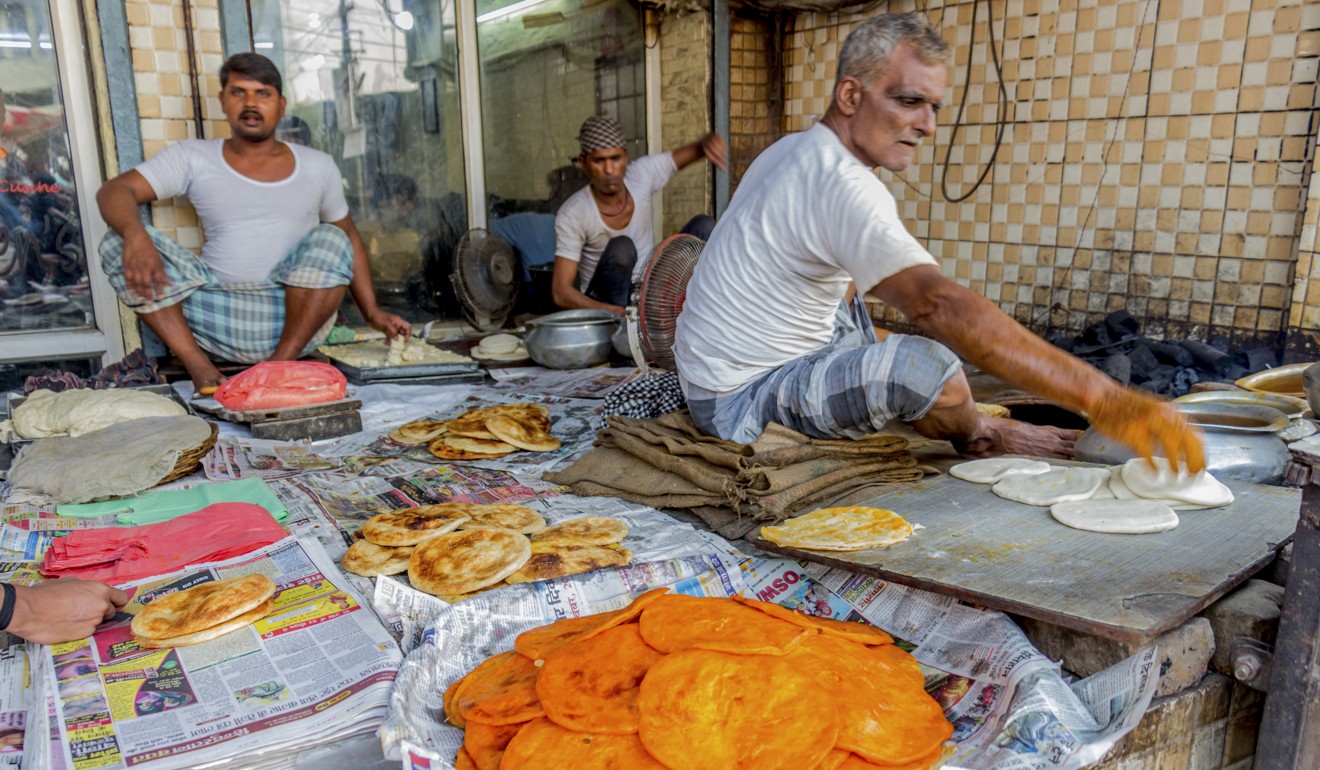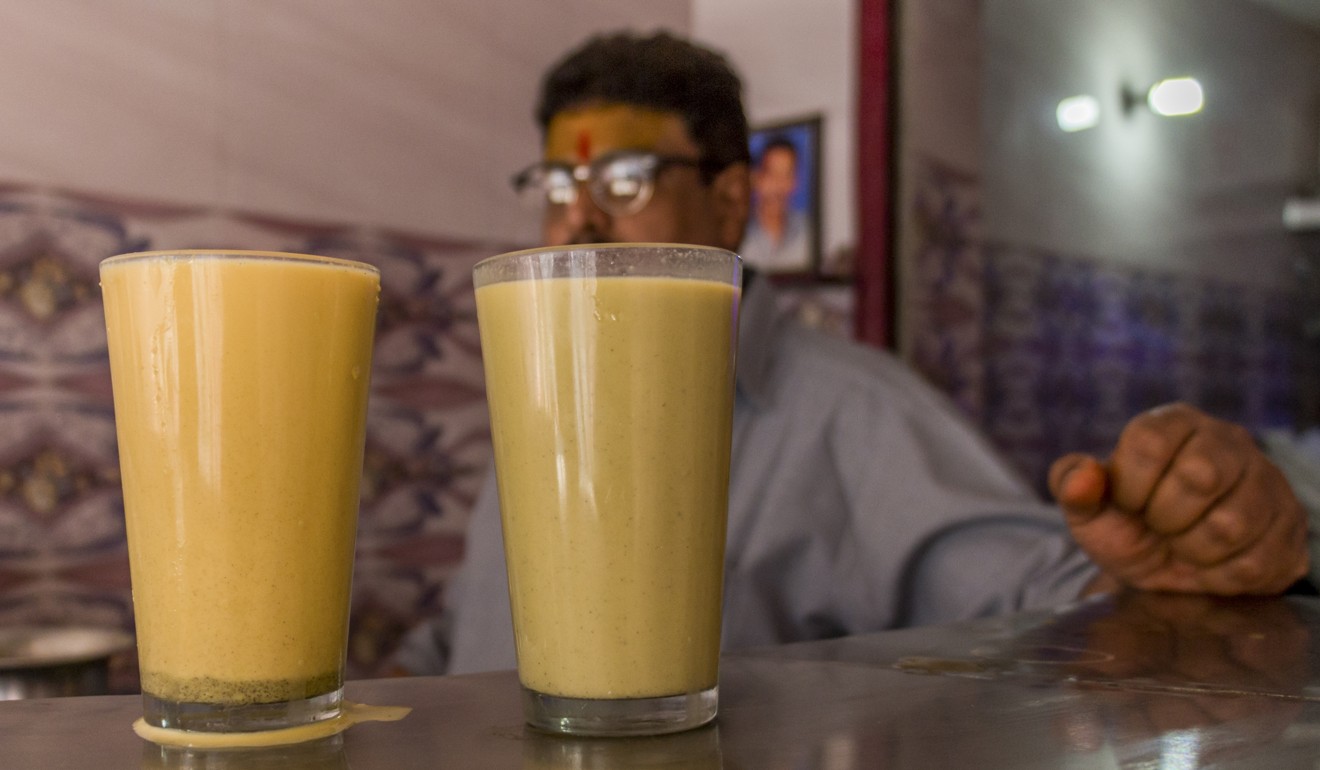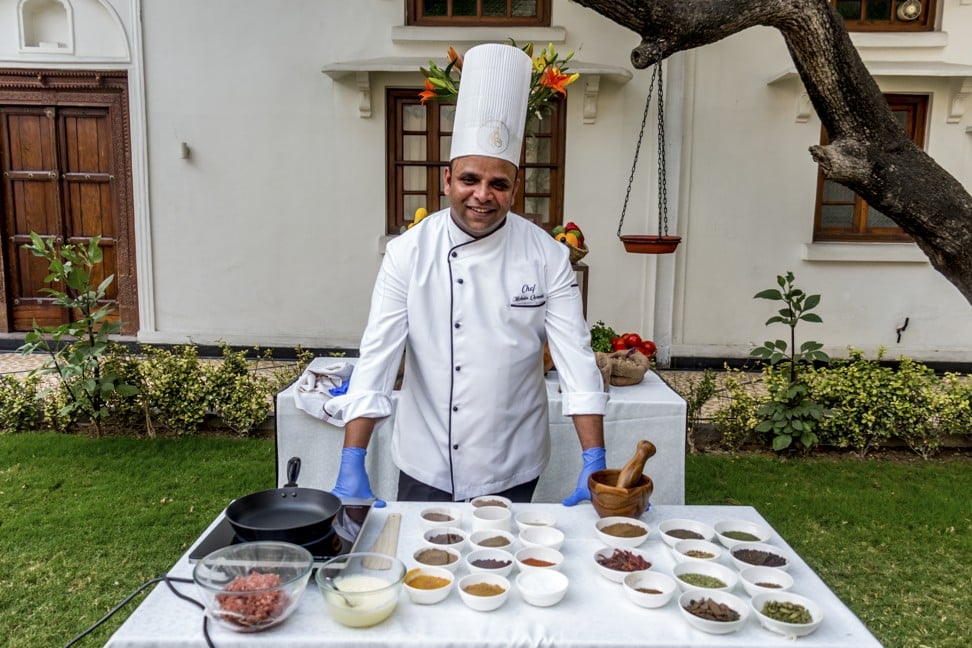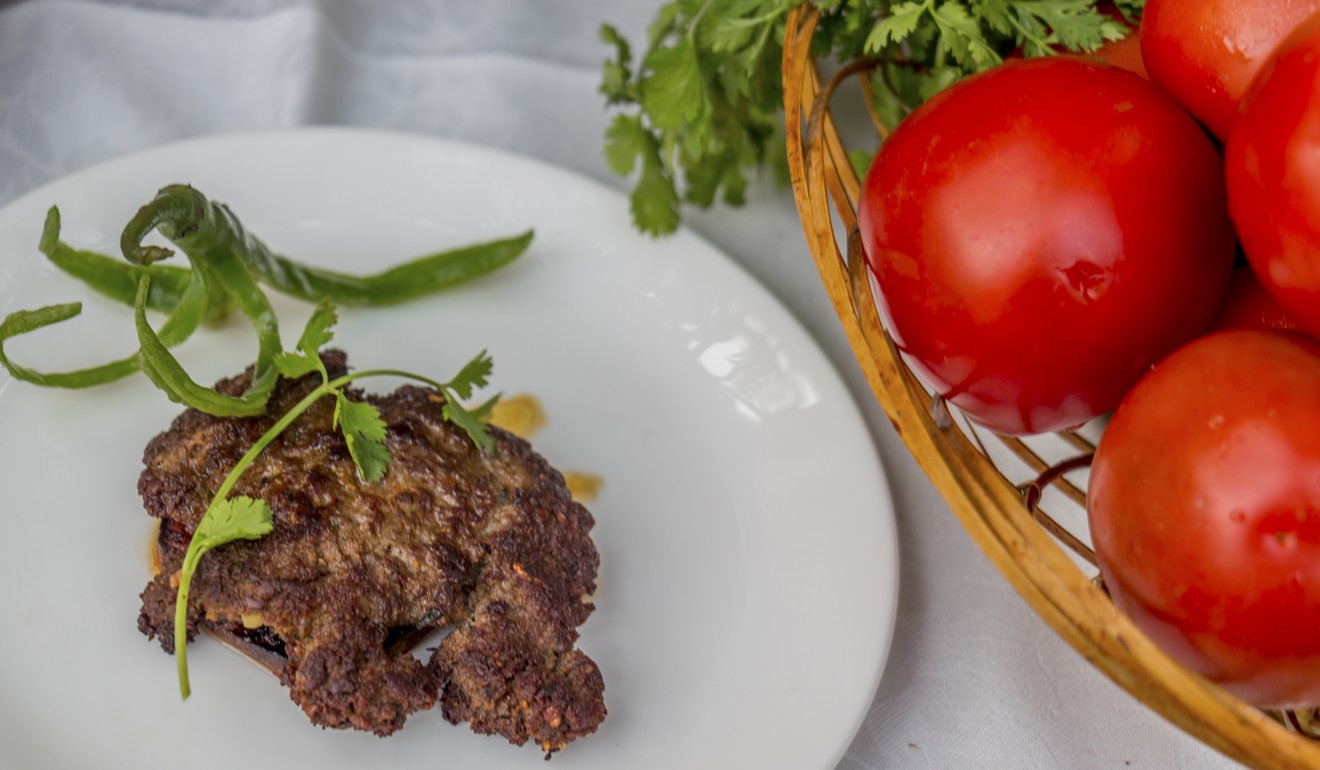
Best food in India: why Lucknow dishes still have a taste of royalty and where to find the best biryani
Lucknow in Uttar Pradesh was once home to rulers called nawabs, who were renowned for their love of luxury and food. The royal cooks made inventive and subtle dishes, including the city’s famous slow-cooked biryani
A large closed degh (cauldron) sits on burning coal as steam wafts through its sides. The sun blazes down mercilessly at high noon. But the heat doesn’t matter to the patrons visiting Idrees Biryani Restaurant, acclaimed for its mutton biryani.
I am in Lucknow, the capital of the largest and most populous state of India, Uttar Pradesh, and looking for its delicacies. The city is renowned for its nawabs (rulers), shababs (courtesans) and kebabs.
How to get to know India through its food: an insider’s guide to some must-try experiences
Lucknow is part of the province of Awadh, or Oudh as it was called by the British. Awadhi cuisine was enjoyed by its nawabs, giving it a touch of royalty. The nawabs were primarily the governors of Awadh, which was under the control of the Mughal dynasty until the early 18th century.
When the Mughal power lessened after the death of Emperor Aurangzeb in the early 18th century, the Nawab of Awadh took complete control of the province. Nawab Asaf-Ud-Daula shifted the capital from Faizabad to Lucknow in 1775.
This brought about a wave of transformation and prose, poetry, art, crafts, culture and cuisine flourished. Artists, craftsmen and chefs moved from Delhi, the seat of the Mughal empire, to Lucknow. The city became known for nazakat (elegance), nafasat (grace) and tehzeeb (etiquette).

It is here that the dumpukht (slow cooking in a sealed container over a very low flame) method of cooking originated, and gave rise to Awadhi dum biryani. Biryani is said to have originated in Central Asia and is derived from the Persian word birinj, meaning rice.
While India has its share of biryanis from various regions, including Hyderabadi, Malabari and Bohri, Lucknow’s biryani is a stand-out version of the dish.
After Swedish meatballs outed as Turkish, five other food fights over the origins of some favourite dishes
At Idrees in Lucknow’s Victoria Street there is no place to sit. I stand beside the hole in the wall tucking into a subtly spiced plate of white- and saffron-coloured rice with succulent pieces of lamb meat and onion rings.
My Lucknowi guide Ajay Jain says the place attracts patrons from across India and the Middle East. The kitchen staff work relentlessly, layering the long-grained rice and the meat in the degh and slow cooking it over coal.

Food for nawabs was prepared with finesse, flair and invention in the royal kitchen. The royal cooks prepared a dish that looked like a fruit preserve, but was in fact a korma.
They also attempted unusual flavour combinations, such as adding betel leaf to a korma. Whole roasted lamb, chicken, fish, and partridge were also prepared. These dishes are said to have been brought to India by the Mughals and further developed in Lucknow.

It is said that one nawab lost all his teeth to old age, but didn’t want to miss the pleasure of eating meat. He asked his khansama (cook) to prepare a kebab that didn’t require chewing. The cook, Haji Murad Ali, also called Tunday (arm amputee) as he only had one arm, invented galouti kebabs for him.
Where the word congee comes from – the answer may surprise you
When I visit the 100-year-old outlet called Tunday Kababi in the Chowk area where galouti kebabs are made, it is swarming with activity. In the open kitchen a cook drops minced buffalo meat patties onto a large griddle. Soon a plate of hot kebabs with paratha (unleavened Indian bread) is placed in front of me.
The kebabs have a subtle hint of spices and I don’t have to chew the silky, smooth ball – it slides down my throat. My guide Jain says that tourists take away tubs of the minced meat.

Food in the nawab’s kitchen was cooked in copper vessels, as this was considered to add aphrodisiac qualities. The cooks also added potions made by the hakims (traditional medicine practitioners) which helped boost the libido of the debauched nawabs. Paan (betel leaf) shops across Lucknow today sell palang tod paan, which is said to enhance performance.
One of the world’s most isolated regions brought to life in cookbook, with foreword by Prince Charles
Nawab cuisine also reflected the unity of the Hindu and Muslim communities in Lucknow, called Ganga-Jamuni tehzeeb.
Cooks from both communities worked in the royal kitchen learning each other’s cultural influences. Jain says that vegetarian dishes such as subz (vegetable) galawat, subz biryani, and gobi (cauliflower) musallam were inspired by their meat-loving counterparts.

Kheer, a sweet festive Hindu dish made with milk and rice, was the basis for phirni (a chilled dessert made with ground rice and milk).
Historian and author Rana Safvi, who grew up in Lucknow, says: “Poori (deep-fried unleavened bread) made by Hindus was the inspiration for the paratha.”

Today many of the dishes that were made in the royal kitchens of Lucknow have disappeared, including moti (pearl) pulao.
“It’s a long and cumbersome process. The pearls were made by adding silver and gold leaf to egg whites,” Safvi says. “The mixture was then poured inside a chicken gullet, tied with a thread at regular intervals and cooked to produce white shining pearls which were then added to the rice.
“Today I do make it, but the easier version – preparing meatballs and then covering them with silver leaf.”
India incensed over video of vendor making tea in toilet
The rustic heritage hotel Lebua Lucknow is a restored Lucknowi mansion that was built in 1936. I tuck into a variety of Awadhi dishes at its Azrak restaurant while I talk about dishes that aren’t on the menu with chef Mohsin Qureshi.
His great-grandfather is said to have worked in the kitchens of Nawab Wajid Ali Shah. He agrees to make gosht chapli – mutton kebab patties.

I watch the chef crush the spices in the imam dasta (mortar and pestle) and prepare the aromatic patty in ghee. As I take a bite and watch the Awadh sunset, I wonder about the Lucknowi delicacies that have been lost in the mists of time.
Idrees Biryani Restaurant
Victoria Street, 292/41 Raja Bazar, Chowk, Lucknow, 226003, tel: +91 94545 15888
Tunday Kababi
168/6 Naaz Cinema Road, Khayali Ganj, Aminabad, Lucknow, 226018, tel: +91 522 262 2786
Azrak restaurant
Lebua Lucknow hotel, 19 Mall Avenue, Lucknow, 226001,tel: +91 522 223 8333

